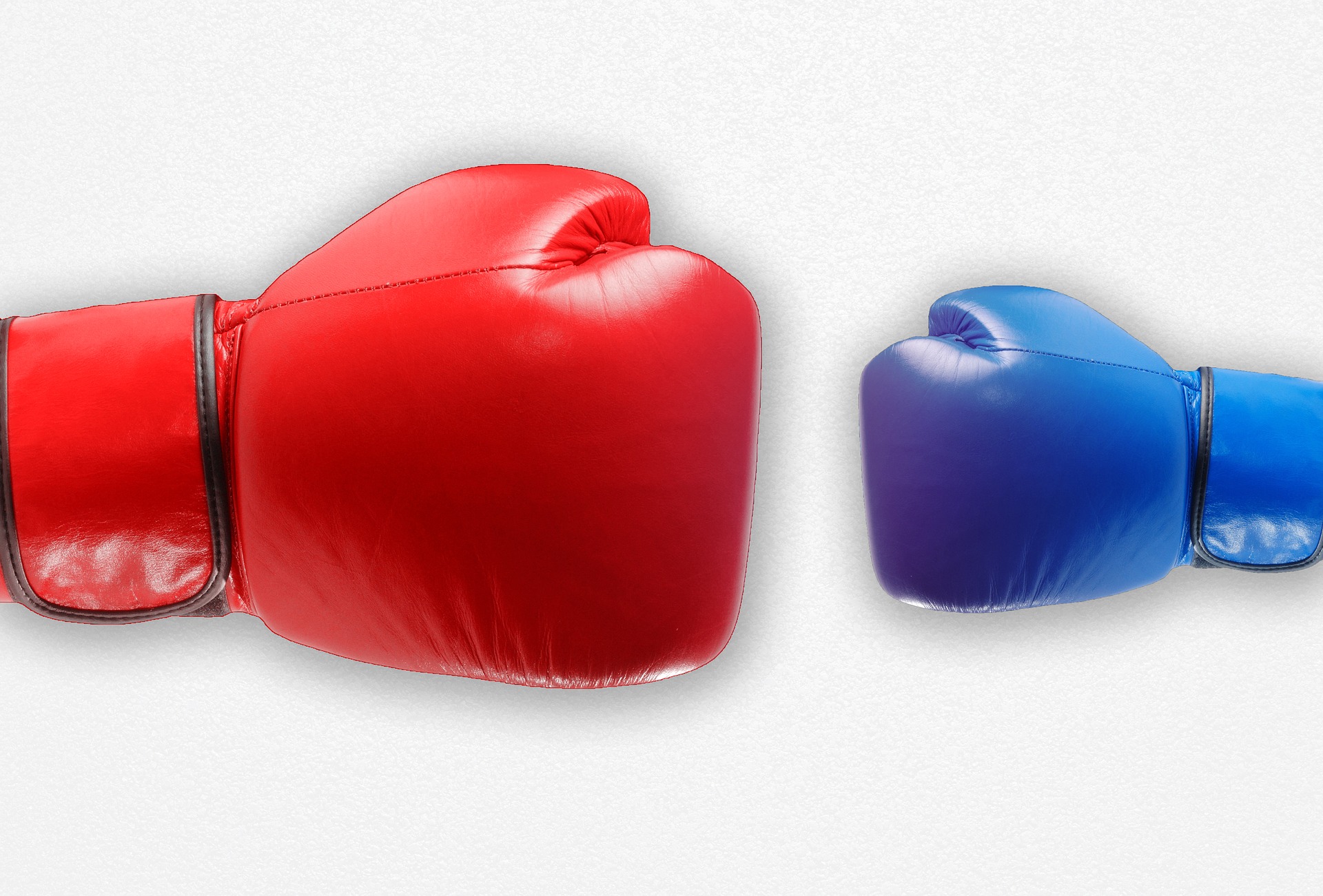Weekly Digest #99: In Defense of Inquiry Learning
In June, we posted a digest that we (somewhat regretfully) titled The Case Against Inquiry-Based Learning. We have received multiple messages since that time from individuals who felt that we were too harsh on inquiry learning. We have also written blogs about how to incorporate active learning in the classroom and research that supports it (here, here, and here). However, we also want to provide additional resources and voices that support inquiry learning but also discuss why this is such a controversial area.
1) Lectures Aren’t Just Boring, They’re Ineffective, Too, Study Finds by Aleszu Bajak @aleszubajak
This is a summary of a meta-analysis that compared direct instruction with courses in which some active learning was utilized. One thing to note is that this wasn’t comparing typical lectures with discovery learning. That is, this took extreme direct instruction in which students are asked no questions, do not discuss anything, etc. (they just listened) to lectures where some or lots of active learning was incorporated. The title of this article indicates that all lectures are bad, but as we’ve noted before: not all lectures are created equal.
2) Interactive Teaching Methods Double Learning in Large Undergraduate Physics Class: UBC Research by Brian Lin @brianlinworks
In this study, researchers “flipped” a classroom. Half of the students engaged in inquiry learning in the second half of a semester with some pretty stunning results. One thing to note here, though, is that students were required to engage in a form of direct instruction first – they took a quiz at the beginning of class to demonstrate that they had read the book and acquired the knowledge before starting the active learning activities in class. Still, the active learning boosted understanding considerably and this supports the idea of flipped classrooms.
3) Does Active Learning Work? A Review of the Research by Michael Prince
Image from Pixabay
This is a really excellent review of the literature demonstrating why there is so much controversy in this area. (We have included this in digests before, but it is worthy of including here as well.) Active learning is not well-defined, nor is it consistently measured. However, there is evidence that active learning promotes student understanding and engagement, but, as mentioned above, that can be found within a lecture-format as well as through more complete inquiry methods of instruction.
4) The Hattie Effect: What’s Essential for Effective PBL? [] by Suzie Boss @suzieboss
John Hattie summarized evidence-based practices in education in a book entitled Visible Learning. In this article, Suzie Boss summarizes a portion of that book to explain when certain inquiry methods will be effective.
Image from Pixabay
5) What Can Visible Learning Effect Sizes Tell Us About Inquiry Learning? Nothing. by Richard Olsen @richardolsen
As a direct contrast to the last resource, here Richard Olsen explains why the arguments made in Visible Learning may not be adequate to understand the literature on inquiry learning. He goes on to point out flaws in several different articles. The primary critique is that the outcome measure on many of these studies is very likely to skew the results in favor of the direct instruction condition. The design of these studies was intentional, with the assumption that these are the outcomes we want from students in the “real world”. We leave it to you to be critical of whether other outcome measures are more reasonable. For example, if students are taught via lecture about classical conditioning or they are given a series of activities where they have to uncover the understanding of classical conditioning, what is the appropriate outcome measure? As a faculty member, I think that I want them to recognize and understand the concept, so I would give them a novel example and ask them to explain the classical conditioning components, because I want them to do this in the “real world,” but that would be skewed toward my lecture that covered that exact topic. What outcome measure would be better?
After reviewing the above resources, consider using this resource to develop some ideas for implementation in the classroom.
Every Sunday, we pick a theme and provide a curated list of links. If you have a theme suggestion, please don’t hesitate to contact us! Occasionally we publish a guest digest, and If you'd like to propose a guest digest click here. Our 5 most recent digests can be found here:
Weekly Digest #94: Resources for Language Learners
Weekly Digest #95: Metacognition
Weekly Digest #96: Why Teachers Blog
Weekly Digest #97: Benefits and Pitfalls of Mindfulness Interventions in Schools




